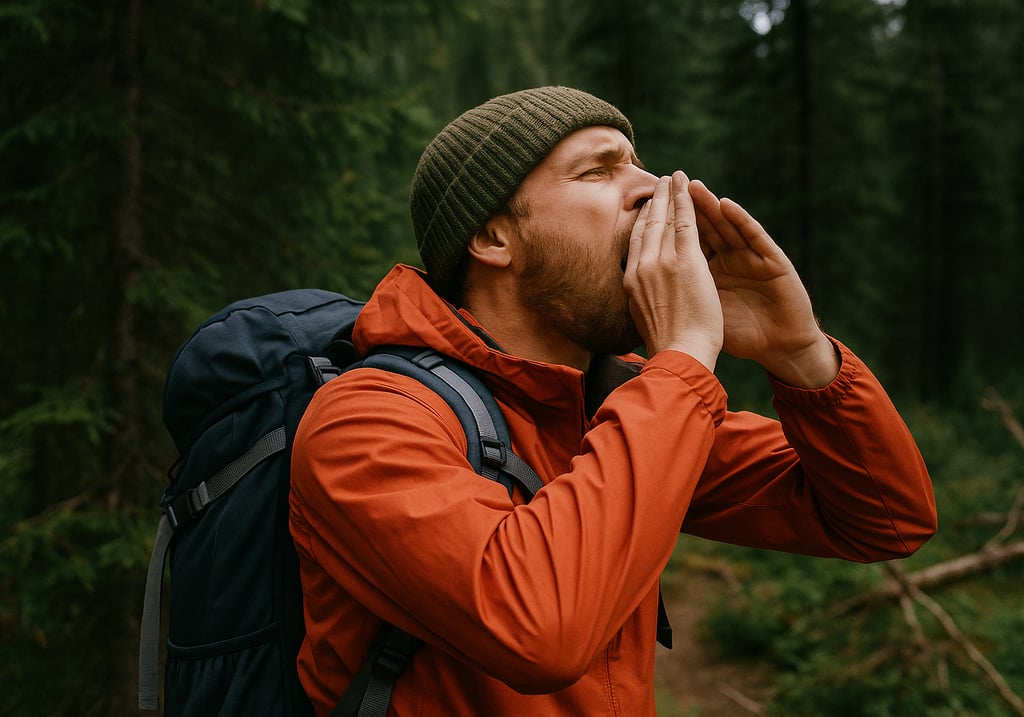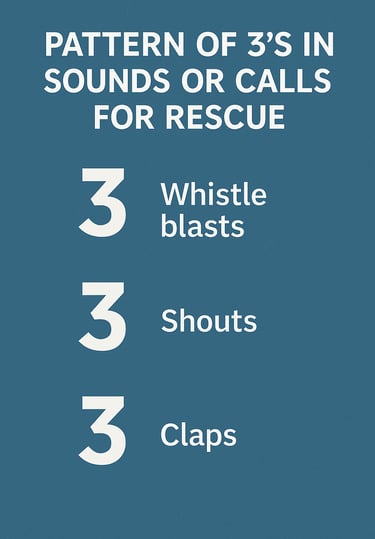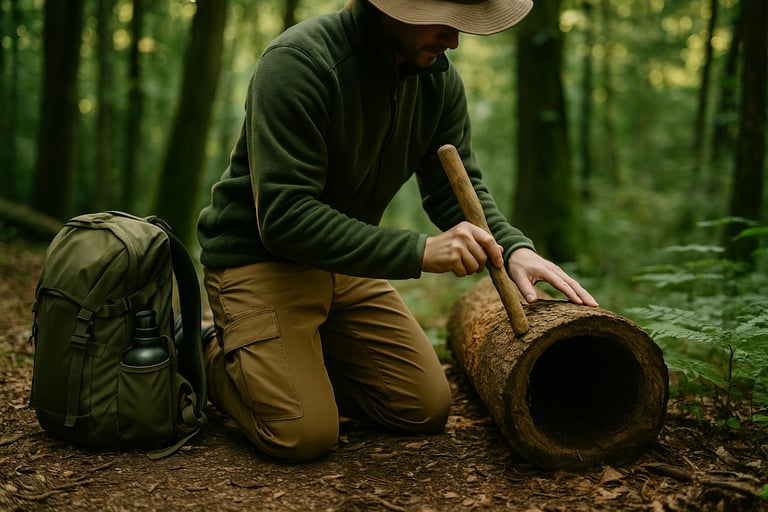Using Natural Sounds to Signal for Rescue in the Wilderness
Learn how to use natural sounds in the wilderness to signal for help and increase your chances of rescue. These beginner-friendly survival tips include acoustic signaling, wildlife awareness, and echo techniques for emergency situations.


Using Natural Sounds to Signal for Rescue in the Wilderness
Why Natural Sound Signaling Matters in Wilderness Survival
When you're lost or stranded in the wild without a whistle, phone signal, or flare, your environment itself can become your ally. Using natural sounds as signaling tools can help alert rescuers to your location, especially in remote areas where visibility is limited. They’re a valuable part of knowing how to signal for help without relying on gear.
This article explores simple, effective ways to harness the power of sound to call for help and get noticed in the wilderness.
Understanding How Sound Travels in Nature
Sound behaves differently outdoors than it does in urban environments. In open landscapes like deserts, sound can travel far but often gets lost in the wind. In dense forests, it gets muffled by trees and foliage. Understanding your terrain helps you use natural acoustics to your advantage. Echoes, valleys, and even water surfaces can carry sound farther than you’d expect, especially during calm times of day like early morning or dusk.
Clapping, Whistling, and Using Found Objects
One of the most accessible signaling techniques involves your own body. Loud clapping, rhythmic rock banging, or even mimicking a whistle with your fingers can create sounds that attract attention. You can also use found objects like large sticks against tree trunks or metal gear items tapped together. The key is to use a steady rhythm, like three loud hits or calls in a row, pause, then repeat. This follows the same universal rule used in other auditory signals to call for rescue, such as whistle blasts and vocal calls.This “pattern of three” is a universal distress signal in survival.
Mimicking Bird Calls and Other Natural Sounds
Sometimes, blending in can be your best bet — not to hide, but to stand out to trained ears. Mimicking common bird calls or animal noises might not immediately signal distress to a person, but in areas with search and rescue teams or other hikers, strange or repeated patterns may draw attention. Stick with sounds that don’t feel threatening to wildlife but would seem unusual if repeated over time, like a specific trill or tapping noise that doesn’t match the natural rhythm of the forest.
Echo Use and Environmental Amplification
If you're near a canyon wall, rock face, or body of water, use it to your advantage. These environments naturally amplify sound. Position yourself where your signal can bounce off surfaces or ripple across water, creating a wider acoustic footprint. Yelling or banging in the direction of an open area instead of into dense forest can also increase the range of your signal. You can pair sound-based signals with visual signals to call for rescue to increase your chances of being spotted from a distance.Choose times when wind is low and background noise from animals is minimal.
Staying Safe While Signaling
Always stay aware of your surroundings when using loud sound to signal. You don’t want to startle wildlife or attract predators. Also, if you're with a group, designate times to signal so you conserve energy and avoid shouting over each other. And remember, if you hear a response, stop and listen. Rescuers may be trying to pinpoint your location.
Practice Before You Need It
Using natural sounds effectively takes a bit of creativity and awareness. Try testing different methods on your next hike — whether it’s creating a whistle using a blade of grass or learning how your voice echoes across a ridge. Practicing now means you’ll be more confident and resourceful if the unexpected happens. This kind of preparedness is part of building mental toughness in wilderness survival, which helps you stay calm and think clearly under pressure.




© 2025. All rights reserved About | Privacy Policy | Terms and Conditions | Affiliate Disclosure | Disclaimer


